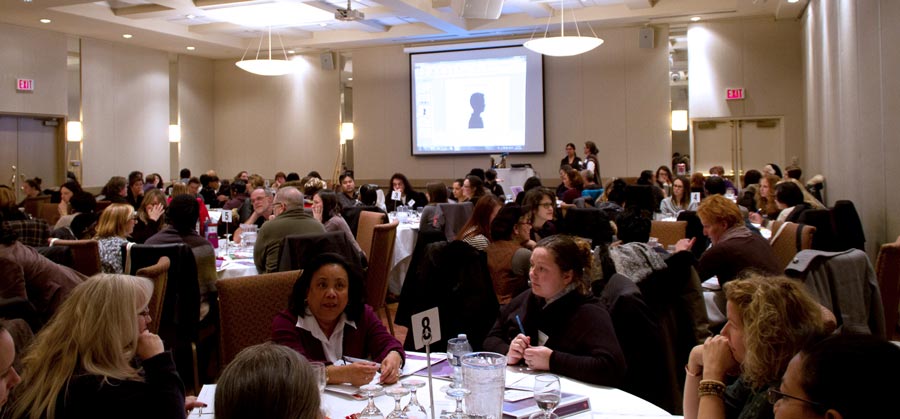
A three part series for direct support professional’s to help meet the complex needs related to transition planning
This training will provide participants with knowledge and skills to better prepare individuals with a developmental disability and those who support them to move through these transitions with confidence and with the resources they need. The series will also include information on supporting a system of seamless planning and implementation, as well as unique issues for different transitions (e.g., youth to adult, adult to aging, environment changes).
Day 1: Youth Transitions
Presentations:
Transition Practices: Transitioning Out of High School
Young Adult Health Transitions – Primary Care, Community Resources and Care Planning
Transition Planning: You’re 18 and You have Rights
Handouts:
Day 2: Adult Transitions
Presentations
Transition Planning in a Community Context: An Introduction to the CAIR Program
Sexuality, Relationships, Rights and Advocacy
Introduction to Person Directed Planning
Handouts:
- Transitions – Day 2 Participants Guide
- BPS info from CAIR team
- Workshops Offered by Toronto Public Health June 2014
Day 3: Aging Transitions
Presentations
After 65, You Still Have Rights
Grief and Bereavement for Persons with Developmental Disabilities who are Aging
Developmental Disabilities, Aging, Supports & Resources
Handouts:
